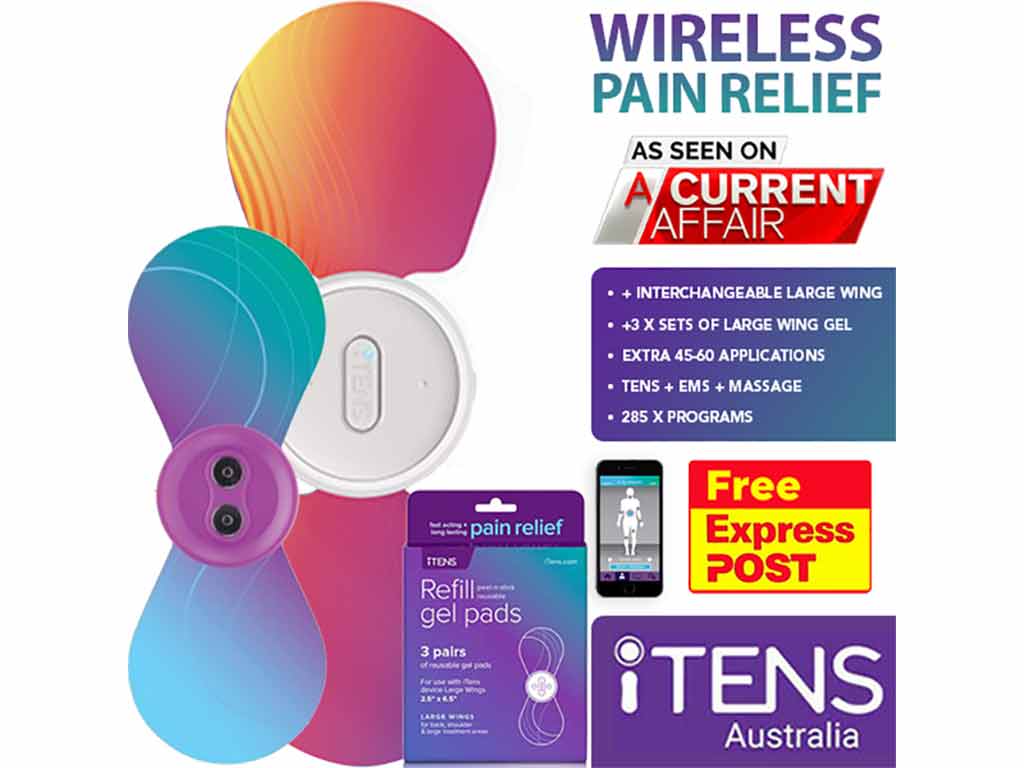
Managing pain in adults is essential because it can significantly impact their quality of life and ability to function. Fortunately, they can rely on pain medications for relief. These are drugs that alleviate pain and improve overall comfort. The mechanisms of action vary depending on the type of substance. For instance, prescription medicines bind to specific receptors in the brain and spinal cord to reduce pain. Another option is over-the-counter medicines. They block the production of some chemicals for relief.
Health professionals, such as pain management specialists, are trained to assess pain and determine the most appropriate medication and dosage. They consider the type of pain, the severity, the underlying cause, and any other medical conditions or medications that may interact with the pain medicine. Understanding the components of drugs can help make informed decisions. Hence, the article will present the substances for pain, including their mechanisms of action and the common drug options.
What are Pain Medications?
Pain medications, also known as analgesics, are drugs. People use them to relieve pain. They can be classified into several different types. Nonsteroidal Anti-Inflammatory Drugs (NSAIDs) can help with mild to moderate pain relief. Moreover, these pain relievers are readily available over the counter. Additionally, they can take opioids for pain. These act on the central nervous system to dull pain sensations.
Over-the-counter drugs are beneficial for headaches or muscle strains. On the other hand, opioid medicines are potent pain relievers. Thus, healthcare providers prescribe them for severe pain, such as after surgery or in cases of chronic pain. However, they carry a higher risk of physical dependence and side effects. Also, opioid overdose is a possibility. Hence, it is crucial to follow the prescribed dosage.
Another precaution when taking medicines is to be aware of possible drug interactions or allergies when using them in conjunction with other drugs or substances. If the pain persists or worsens despite the use of pain medicines, it is essential to seek medical attention. Subsequently, they can identify the underlying cause and explore other treatment options.
Importance in Pain Management
- Effective pain management causes individuals to have a better quality of life by reducing or eliminating their pain. This can improve their ability to perform daily activities, maintain relationships, and participate in leisure activities.
- Managing aches can help people regain or maintain physical functioning. They can move more freely and perform exercises after reducing pain.
- Chronic pain conditions can have a significant psychological impact. Then, it leads to anxiety, depression, and decreased overall well-being. Proper pain management can help alleviate these symptoms, improving mental health.
- Pain can disrupt sleep patterns and lead to poor sleep quality. By managing pain effectively, individuals can experience better sleep.

Mechanisms of Action of Pain Medications
Various types of pain medications are available. Each has a unique mechanism of action. For instance, opioid analgesics bind to specific receptors in the brain, spinal cord, and other tissues. These are known as opioid receptors, primarily found in areas responsible for pain perception. Activating them can modify how pain messages are transmitted. As a result, this reduces pain sensations.
Meanwhile, NSAIDs or over-the-counter drugs exert their effects by reducing inflammation and blocking the production of certain chemicals in the body. They can help decrease pain by inhibiting the enzyme responsible for the synthesis of these chemicals, such as prostaglandins. Long-term pain control using these can lead to adverse effects. Thus, health professionals advise to take it for the shortest time possible.
Local anesthetics stop the transmission of nerve signals in a specific area. As a result, it prevents the sensation of pain. Medical providers use it for minor surgical procedures and dental work. They usually inject the medication into the affected area or apply topically. While local anesthetics provide effective pain relief, they are temporary. They wear off once the body metabolises or removes them.
Potential Side Effects
Different pain relievers, such as opioid medicines, can potentially have various side effects. These adverse reactions may differ depending on the specific medication and individual factors. Some common side effects are mild symptoms like nausea, drowsiness, and constipation. Meanwhile, there are severe complications, such as difficulty breathing, allergic reactions, and organ damage.
Moreover, some prescription medications can lead to dependence and addiction when used for an extended period. Consequently, patients may require increased dosages over time to achieve the same level of pain relief. Hence, consulting a healthcare professional to understand the potential side effects is crucial.

Common Pain Medication Options
When it comes to managing pain, several pain medications are available. Healthcare professionals recommend NSAIDs to relieve aches, swelling, and inflammation. Some examples of NSAIDs include ibuprofen, naproxen, and aspirin. Another option is adjuvant analgesics, including antidepressants and anticonvulsants, which can help manage nerve pain.
In addition, there is acetaminophen. It can treat mild to moderate pain. Unlike NSAIDs, acetaminophen does not have anti-inflammatory properties. However, it can effectively reduce discomfort and fever. Acetaminophen is commonly found in over-the-counter medications such as Tylenol but can also be prescribed in higher doses for more severe pain.
Opioid medications are another category. Doctors often prescribe these for moderate to severe pain. These include codeine, oxycodone, and morphine. Muscle relaxants and local anesthetics can also manage pain in specific situations, such as muscle spasms or localised pain. Accidental overdose can occur with these various types of drugs. Therefore, always follow dosage instructions carefully. Furthermore, only take them as prescribed by a healthcare provider.
TENS Therapy as a Safe and Effective Solution
Individuals who want to receive short-term pain relief without drug intake can utilise Transcutaneous Electrical Nerve Stimulation (TENS) therapy. This non-invasive pain management option can help reduce different levels of pain. Also, it can treat both chronic and acute pain. Additionally, it can aid musculoskeletal pain.
TENS utilises a handy device that emits mild electric currents to stimulate the nerves. Consequently, it can block pain signals from reaching the brain, which is suitable for sudden pain. Moreover, it can enhance the release of endorphins for further relief and relaxation. This mechanism can help reduce persistent pain.
Conclusion
People with medical conditions utilise pain medications to manage and alleviate aches and discomfort. Professionals categorise the different drug classes into various groups based on their mechanisms of action. Some commonly used medications include a non-steroidal anti-inflammatory drug. It can reduce inflammation by blocking the production of certain chemicals in the body that cause pain and swelling. Meanwhile, opioids bind to opioid receptors in the central nervous system. An effective dose of these drugs can provide significant pain relief.
Aside from NSAIDs like aspirin and opioid drugs like morphine, other common medicine options are available. These include acetaminophen, adjuvant analgesics, muscle relaxants, and local anesthetics. Using them judiciously and under the guidance of a healthcare provider is vital, as they can have potential side effects and risks. By understanding the mechanisms of action and options available, healthcare professionals can effectively tailor pain medication regimens to meet the needs of patients and improve their quality of life.




















